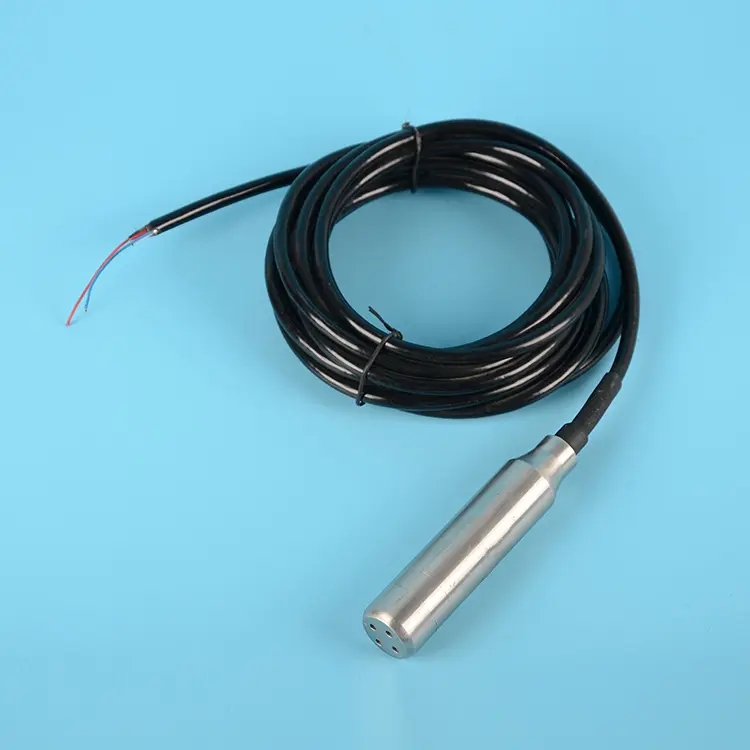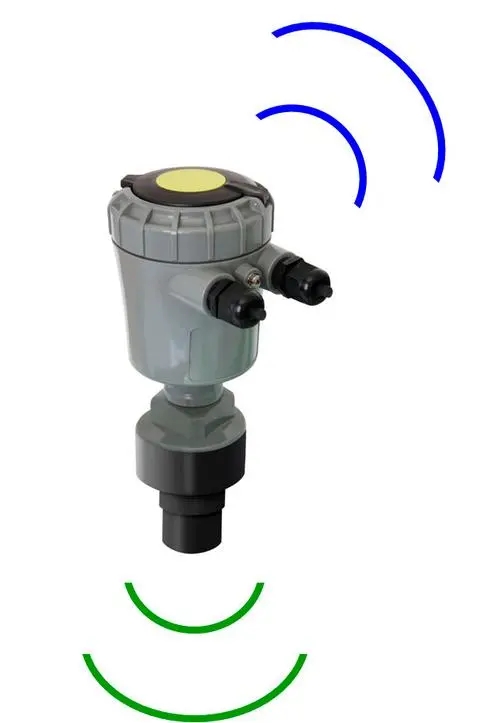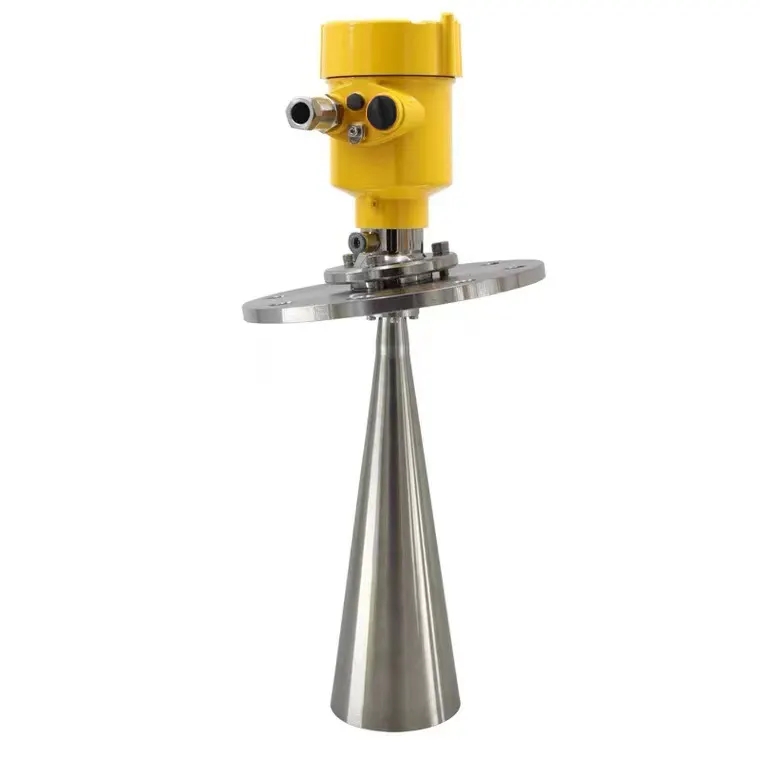

— Blogs —
—Products—
 Consumer hotline +8618073152920
Consumer hotline +8618073152920 WhatsApp:+8615367865107
Address:Room 102, District D, Houhu Industrial Park, Yuelu District, Changsha City, Hunan Province, China
Product knowledge
Time:2024-08-21 22:01:09 Popularity:1219
A water level sensor is an electronic device that is specifically designed to measure the height of a liquid (such as water or oil), especially the height of the water level. It is capable of converting actual water level changes into electrical signals, and these signals are subsequently processed by a controller or computer for real-time water level monitoring and control. Water level sensors are widely used in a variety of scenarios including, but not limited to, water tanks, fire fighting pools, industrial water treatment systems, reservoirs, rivers, and automated irrigation systems for homes and industries.

There are several types of water level sensors, including float, pressure, ultrasonic, capacitive, and impedance. Each type of sensor works on a different principle, for example, float type sensors measure the height of the liquid level by floating the float up and down, while pressure type sensors measure the liquid pressure to determine the level. Ultrasonic sensors utilize the difference in propagation speed of sound waves in different media to measure the liquid level.
Float level sensor: float up and down through the float to sense changes in water level, and this change is converted to an electrical signal.
Capacitive water level sensors: use the change in capacitance value between water and air to detect the water level.
Ultrasonic water level sensor: Calculates the water level height by measuring the time it takes for ultrasonic waves to be emitted and reflected back.
Pressure type water level sensor: Converts the water level into pressure changes, which are then detected by a pressure sensor.
Photoelectric water level sensor: utilizes the principle of reflection or refraction of light at the interface between liquid and air to detect water level.
Each type of water level sensor has its unique advantages and scope of application, the choice needs to be based on the specific application scenarios and needs to decide.
The working principle of the water level sensor varies according to its type and design, but can be mainly summarized in the following ways:
1. Resistive (contact): these sensors usually contain a series of exposed copper traces that serve as the power supply and sensing lines. As the water level rises, water bridges these lines, changing the resistance of the circuit. The change in resistance is inversely proportional to the water level, i.e. the higher the water level, the lower the resistance. By measuring the change in resistance, the water level can be determined. For example, some sensors directly utilize the conductivity of water as a variable resistor to output a change in voltage or current reflecting the water level.
2. Pressure Sensing Technology: Pressure sensors are used to detect water levels in situations where deep water needs to be measured accurately or is subjected to high pressure. The sensor is installed at the bottom of the vessel or at a specific depth. The hydrostatic pressure of the water is directly proportional to the water level, and the height of the water level is deduced by measuring the pressure.
3. capacitive: capacitive water level sensor using water as a dielectric to change the capacitance between the two extreme plates of the capacitor principle. As the water level changes, the capacitance value changes, by measuring the change in capacitance to determine the water level.
4. Ultrasonic technology: Ultrasonic water level sensors emit ultrasonic pulses, and these waves are reflected back after encountering the water surface. By calculating the time difference between transmitting and receiving the returned waves, combined with the speed of sound, the water level height can be calculated. This method is suitable for non-contact measurement and is suitable for deeper water bodies or clean water.
5. Float type: one of the most traditional way, through the float up and down movement drive mechanical device or magnetic switch, directly reflecting the change of water level. Changes in the position of the float is converted into an electrical signal or other forms of output.

Water level sensors are widely used in various fields, including but not limited to:
Industrial automation: In the production line of chemical, food, pharmaceutical and other industries, water level sensors are used to monitor the liquid level in storage tanks, reactors and other equipment to ensure the smooth running of the production process.
Agricultural irrigation: In intelligent irrigation systems, water level sensors can detect soil moisture or water level in cisterns, and automatically adjust the irrigation volume according to the data to realize water-saving irrigation.
Household equipment: In household appliances such as washing machines, coffee makers, water dispensers, etc., water level sensors are used to control the water level and ensure that the equipment operates under the correct water level.
Environmental monitoring: In the monitoring of rivers, lakes, reservoirs and other bodies of water, water level sensors help to monitor changes in water level, which is important for flood warning and water resource management.
Water treatment: In water treatment plants, water level sensors are used to monitor the water level in filtration tanks, sedimentation tanks, etc. to ensure the normal operation of the water treatment process.

When using water level sensors, attention needs to be paid to the correct methods of installation, power supply and signal reading. At the same time, in order to maintain the performance of the sensor, it needs to be cleaned and maintained regularly to avoid moisture and severe vibration.
Related recommendations
Sensors & Weather Stations Catalog
Agriculture Sensors and Weather Stations Catalog-NiuBoL.pdf
Weather Stations Catalog-NiuBoL.pdf
Related products
 Combined air temperature and relative humidity sensor
Combined air temperature and relative humidity sensor Soil Moisture Temperature sensor for irrigation
Soil Moisture Temperature sensor for irrigation Soil pH sensor RS485 soil Testing instrument soil ph meter for agriculture
Soil pH sensor RS485 soil Testing instrument soil ph meter for agriculture Wind Speed sensor Output Modbus/RS485/Analog/0-5V/4-20mA
Wind Speed sensor Output Modbus/RS485/Analog/0-5V/4-20mA Tipping bucket rain gauge for weather monitoring auto rainfall sensor RS485/Outdoor/stainless steel
Tipping bucket rain gauge for weather monitoring auto rainfall sensor RS485/Outdoor/stainless steel Pyranometer Solar Radiation Sensor 4-20mA/RS485
Pyranometer Solar Radiation Sensor 4-20mA/RS485
Screenshot, WhatsApp to identify the QR code
WhatsApp number:+8615367865107
(Click on WhatsApp to copy and add friends)
